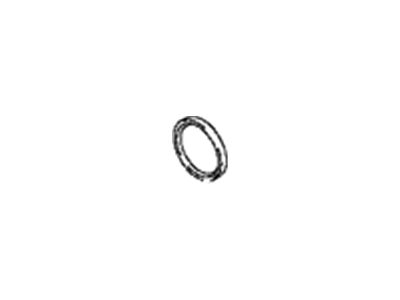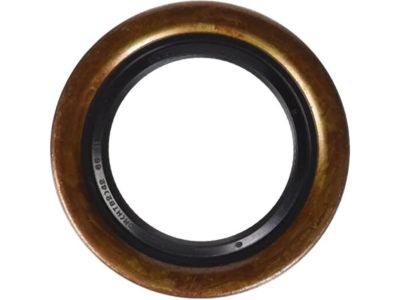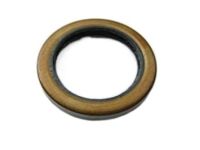×
- Hello
- Login or Register
- Quick Links
- Live Chat
- Track Order
- Parts Availability
- RMA
- Help Center
- Contact Us
- Shop for
- Hyundai Parts
- Hyundai Accessories


My Garage
My Account
Cart
Genuine Hyundai Santa Fe Differential Seal
- Select Vehicle by Model
- Select Vehicle by VIN
Select Vehicle by Model
orMake
Model
Year
Select Vehicle by VIN
For the most accurate results, select vehicle by your VIN (Vehicle Identification Number).
3 Differential Seals found

Hyundai Santa Fe Seal-Oil
Part Number: 53050-39100$33.35 MSRP: $46.45You Save: $13.10 (29%)Ships in 1-3 Business Days
Hyundai Santa Fe Seal-Oil
Part Number: 53050-39001$33.35 MSRP: $46.45You Save: $13.10 (29%)Ships in 1-3 Business Days
Hyundai Santa Fe Differential Seal
If you are looking for affordable high-quality OEM Hyundai Santa Fe Differential Seal, then you have come to the prime place. Our website provides a large amount of genuine Hyundai Santa Fe Differential Seal at unbeatable prices. All our parts come backed with the manufacturer's warranty.
Hyundai Santa Fe Differential Seal Parts Questions & Experts Answers
- Q: How to remove and install the differential seal on Hyundai Santa Fe?A:To remove the rear differential assembly, first raise the rear of the vehicle and securely support it on jackstands, blocking the front wheels to prevent rolling, and place the transmission in Neutral with the parking brake off. Mark the relationship of the driveshaft to the pinion flange, then unbolt the driveshaft from the flange and suspend it with a piece of wire. Using a hammer and a punch, unstake the pinion flange nut and mark the position of the pinion nut to the flange and the flange to the pinion shaft with dabs of paint. If available, use a beam-type inch-pound torque wrench to measure the pinion bearing drag and record the reading for later reference. A flange holding tool or chain wrench will be needed to keep the companion flange from moving while loosening the self-locking pinion nut, which should then be removed. Withdraw the flange, using a two-jaw puller if necessary, and avoid prying or hammering behind the flange or on the end of the pinion shaft. Pry out and discard the old seal using a seal removal tool or a large screwdriver, taking care not to disturb the pinion. For installation, lubricate the lips of the new seal and fill the space between the seal lips with wheel bearing grease, then tap it evenly into position with a seal installation tool or a large socket, ensuring it enters the housing squarely and to its full depth. Install the pinion flange and tighten the pinion nut to draw the flange into place without hammering it, aligning the previously made paint marks or reaching the original bearing preload as measured by the torque wrench. Finally, reconnect the driveshaft to the pinion flange and check the differential lubricant level, adding as necessary to reach the appropriate level.
Related Hyundai Santa Fe Parts
Browse by Year
2023 Differential Seal 2022 Differential Seal 2021 Differential Seal 2020 Differential Seal 2019 Differential Seal 2018 Differential Seal 2017 Differential Seal 2016 Differential Seal 2015 Differential Seal 2014 Differential Seal 2013 Differential Seal 2012 Differential Seal 2011 Differential Seal 2010 Differential Seal 2009 Differential Seal 2008 Differential Seal 2007 Differential Seal 2006 Differential Seal 2005 Differential Seal 2004 Differential Seal 2003 Differential Seal 2002 Differential Seal 2001 Differential Seal 2000 Differential Seal




















